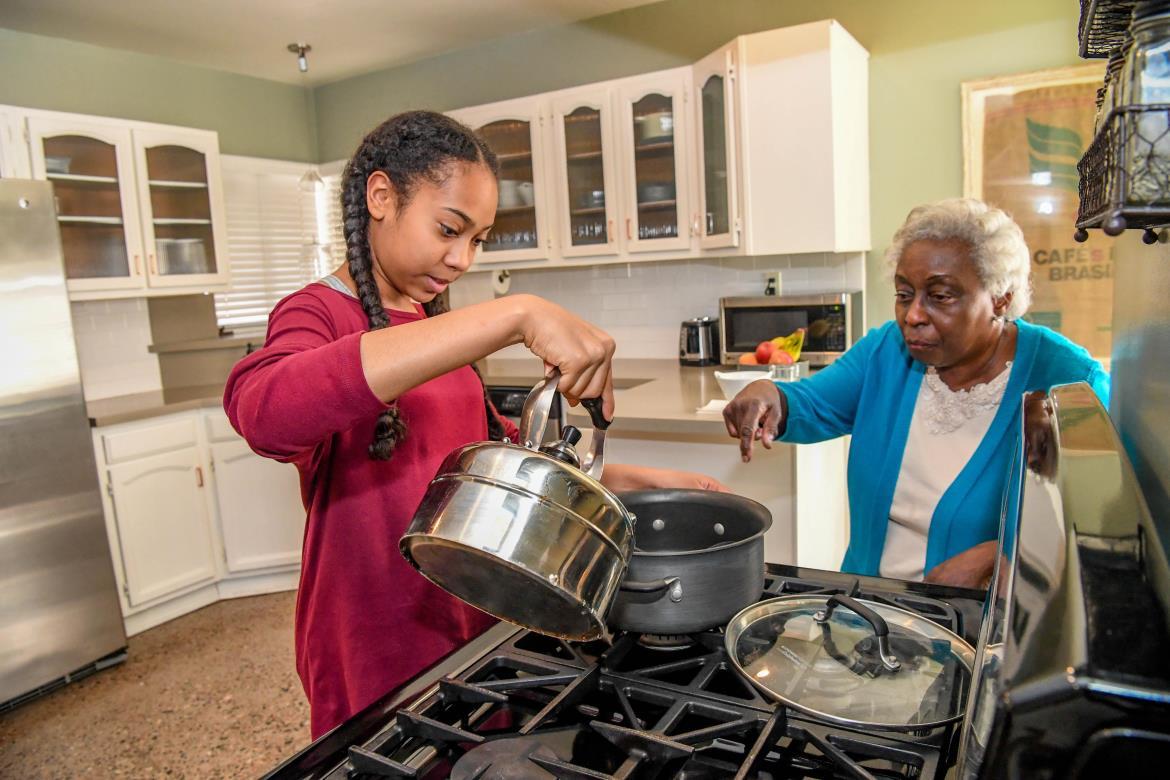State Survey Demonstrates Rebalancing Successes and What Remains to be Done

This blog is part of a series of posts being produced periodically in advance of the 2020 release of the next Long-Term Services and Supports State Scorecard.
Those of us who have worked in long-term services and supports (LTSS) for some time are intimately familiar with the push to move service delivery away from institutions and towards home and community-based settings (HCBS)—a shift known as rebalancing. There have been various efforts to deinstitutionalize older adults and people with disabilities for over 40 years: demonstration projects in the 1970s, creation of Medicaid HCBS waivers in the 1980s, the Americans with Disabilities Act and subsequent Olmstead decision in the 1990s, and Medicaid grants and financial incentives in the 2000s and 2010s. These efforts culminated in fiscal year (FY) 2013, when, for the first time, Medicaid HCBS spending exceeded institutional expenditures.
Yet one notable but sometimes overlooked aspect of rebalancing efforts is that despite aggregate Medicaid spending now favoring HCBS, most of the spending for older adults and people with physical disabilities still goes to institutions (59 percent in FY2014). As part of a comprehensive survey administered jointly between the National Association of States United for Aging and Disabilities (NASUAD) and AARP in late 2018 through early 2019, we looked at recent state experiences with HCBS enrollment after the 2013 crossover point was achieved. The full report is soon to come; meantime, an early look at the numbers already highlights the demand for HCBS.
Progress in Context
Although Medicaid enrollment tends to decrease during times of economic prosperity, Medicaid HCBS enrollment has continued to increase even during recent periods of economic growth in FY2017 & FY2018. This trend is notable but should be viewed with caution. Medicaid HCBS doesn’t always follow the larger Medicaid trend because of countervailing factors in HCBS.
The broader Medicaid program is often referred to as a countercyclical program that experiences increases in enrollment trends during periods of economic downturn, when individuals and families are more likely to meet its means-tested eligibility requirements, and decreases during periods of economic growth. However, Medicaid HCBS is somewhat different. Although the program has financial and resource tests, eligibility is largely driven by whether an individual meets the medical necessity criteria to qualify for the supports rather than solely on economic factors. Therefore, enrollment is not likely to decrease as significantly during periods of economic gain. Given the broader efforts to promote rebalancing, we should expect to see continued HCBS growth irrespective of whether the country is experiencing economic growth or contraction.
HCBS Enrollment Increases Uneven Across States
HCBS services help older adults and people with disabilities complete daily tasks and live independently in the community. It’s encouraging, therefore, that a majority of states continue to increase HCBS options to meet growing demands from an aging population.
Unfortunately, this trend is not uniform across all states. While most states reported increasing HCBS enrollment during both FY2017 (35 states) and FY2018 (38 states), six states actually reported a decrease in FY2017 and four indicated their HCBS enrollment declined in FY2018. Moreover, the year-over-year difference in HCBS enrollment varied substantially across the country. In FY2017, 25 states reported modest increases of under 5 percent, whereas five states reported increases of over 10 percent. The large increases were explained by a variety of factors, including both concerted efforts to increase available HCBS enrollment “slots” or rebalancing initiatives as well as organic growth due to changing demographics.

| Increased over 15% | Increased 11%-15% | Increased 6%-10% | Increased 3%-5% | Increased < 3% | Stayed the Same | Decreased < 3% | Decreased 3%-5% | |
|---|---|---|---|---|---|---|---|---|
| Number of States | 1 | 2 | 7 | 15 | 11 | 4 | 3 | 1 |
Also of note regarding the survey is the range of issues it looked at, including abuse, neglect, and exploitation; state operations and fiscal health; and the move towards quality in HCBS. We expect that the full report will be released in the near future. In the meantime, this data snapshot shows that, despite reasons for celebration around rebalancing success, there remains an ongoing need for rebalancing in programs serving older adults and people with disabilities. State enrollment data is reflecting this ongoing demand for HCBS services.
